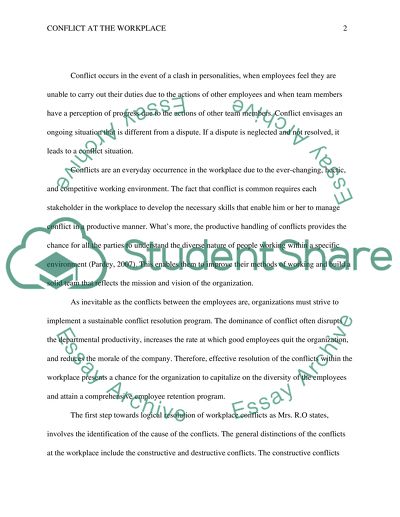Cite this document
(Organizational Team-Building Activities for Building Teamwork Term Paper - 7, n.d.)
Organizational Team-Building Activities for Building Teamwork Term Paper - 7. Retrieved from https://studentshare.org/human-resources/1698607-hrm
Organizational Team-Building Activities for Building Teamwork Term Paper - 7. Retrieved from https://studentshare.org/human-resources/1698607-hrm
(Organizational Team-Building Activities for Building Teamwork Term Paper - 7)
Organizational Team-Building Activities for Building Teamwork Term Paper - 7. https://studentshare.org/human-resources/1698607-hrm.
Organizational Team-Building Activities for Building Teamwork Term Paper - 7. https://studentshare.org/human-resources/1698607-hrm.
“Organizational Team-Building Activities for Building Teamwork Term Paper - 7”, n.d. https://studentshare.org/human-resources/1698607-hrm.


